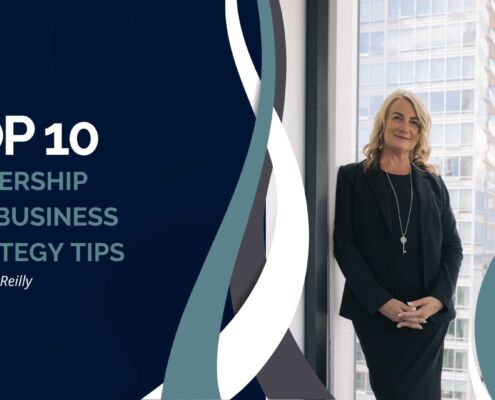Posts

Top 10 Leadership and Business Strategy Tips
Here are my top 10 leadership and business strategy tips that…

Five Strategies to Help Break Free From Imposter Syndrome
Imposter syndrome is a common experience many people face at…

Tactics to Help You in Periods of Professional Transitions
Do you find yourself answering "YES" to any of the questions…

STRATEGIC FOCUS AND PLANNING
For our businesses to continue to thrive, we must constantly…

Business Strategies = Business Sustainability + Growth
Are your business strategies driving your business sustainability…

